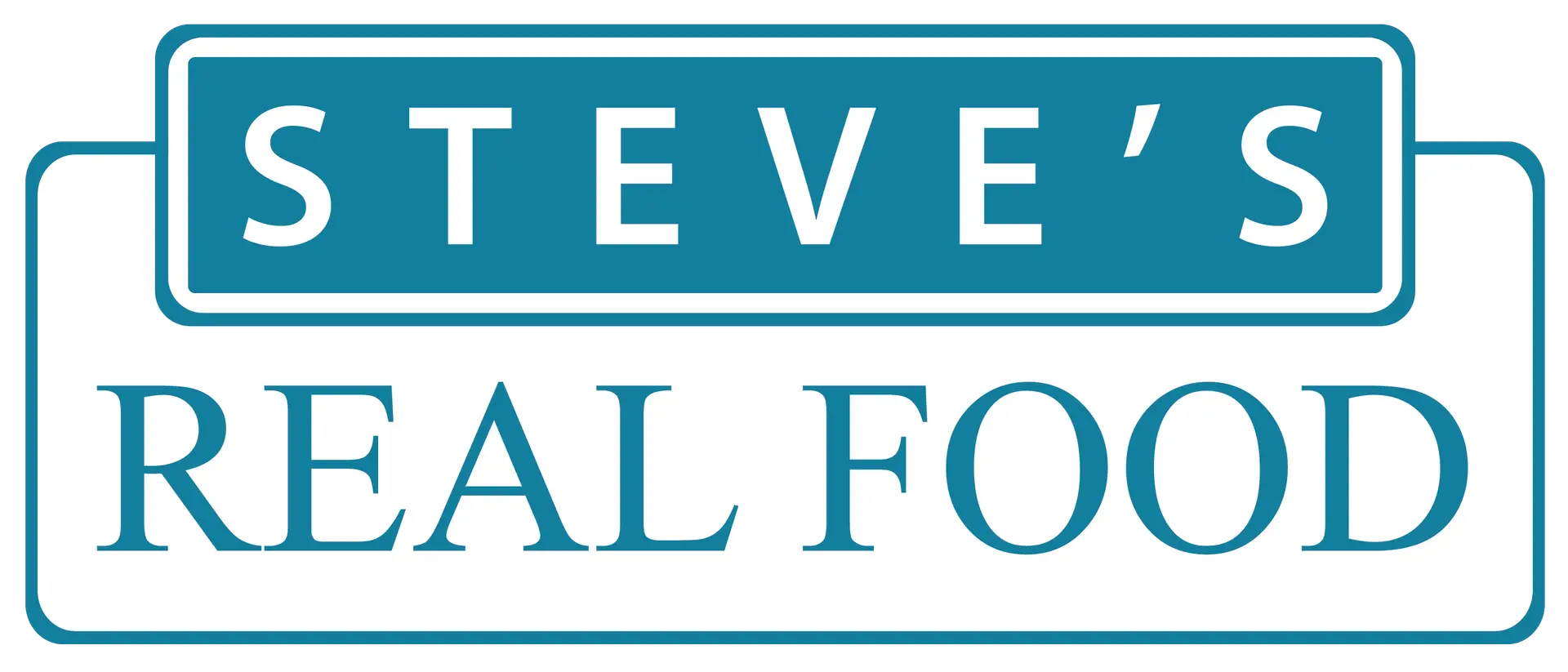Do Dogs on a Raw Diet Need Supplements?
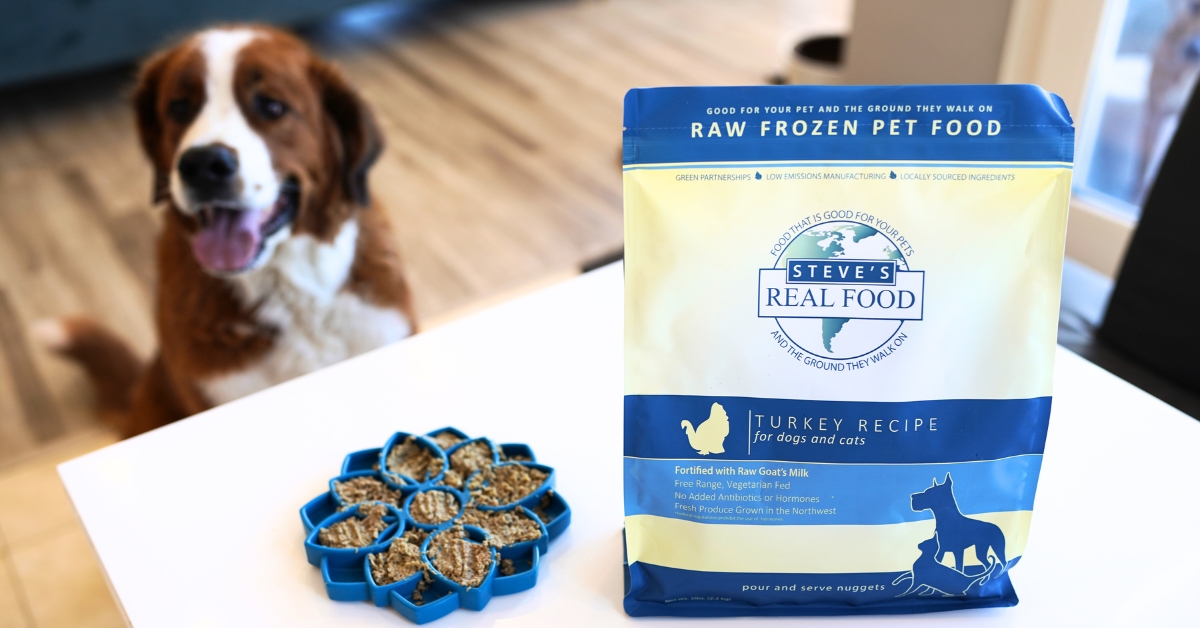
Each pet is an individual, and some have needs that differ from others. By supplementing a fresh diet with a few extras throughout your pet’s life, you can target issues unique to your pet or work proactively to prevent or delay problems before they start.
How Diet and Environment Impact Allergies in Dogs and Cats
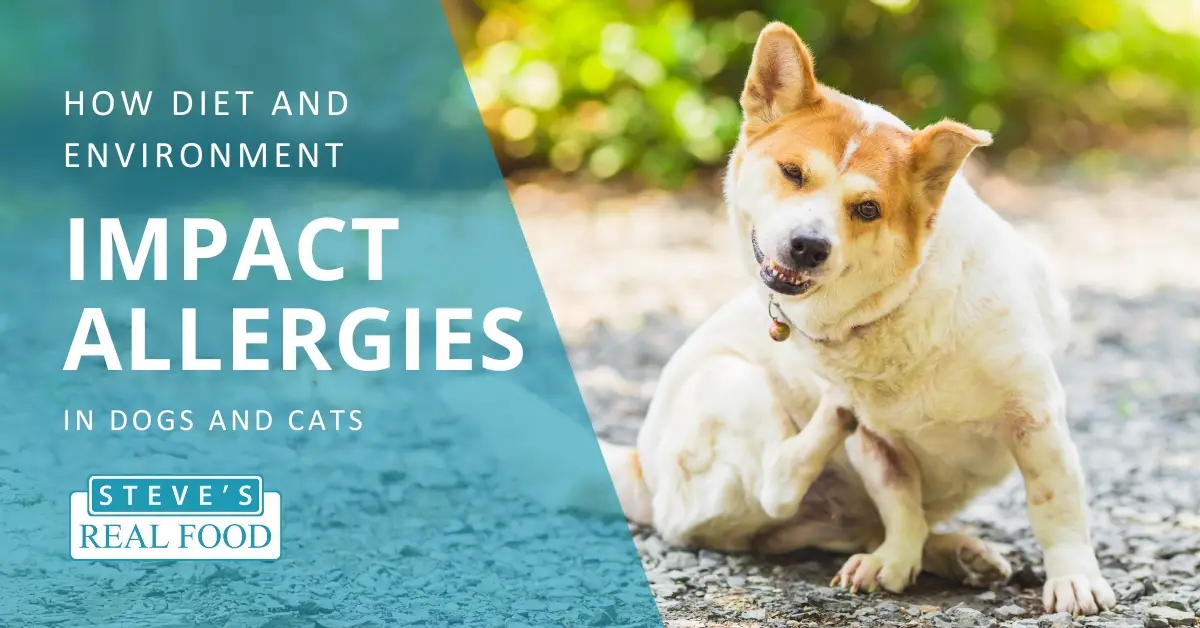
Unfortunately, there is no one-size-fits-all solution to allergies, but many pets find relief by following a more natural, holistic approach. Soothe the symptoms, focus on the root of the problem, and keep supporting the system to reduce the chances of future flares.
CAN NUTRITION AFFECT ANXIETY IN PETS?

This guest post was written by Jody L. Teiche, Pet Health Expert & Pet Parent Coach with over 30 years of experience using homeopathy to heal pets naturally.
How to Train Your Dog When Feeding a Raw Diet
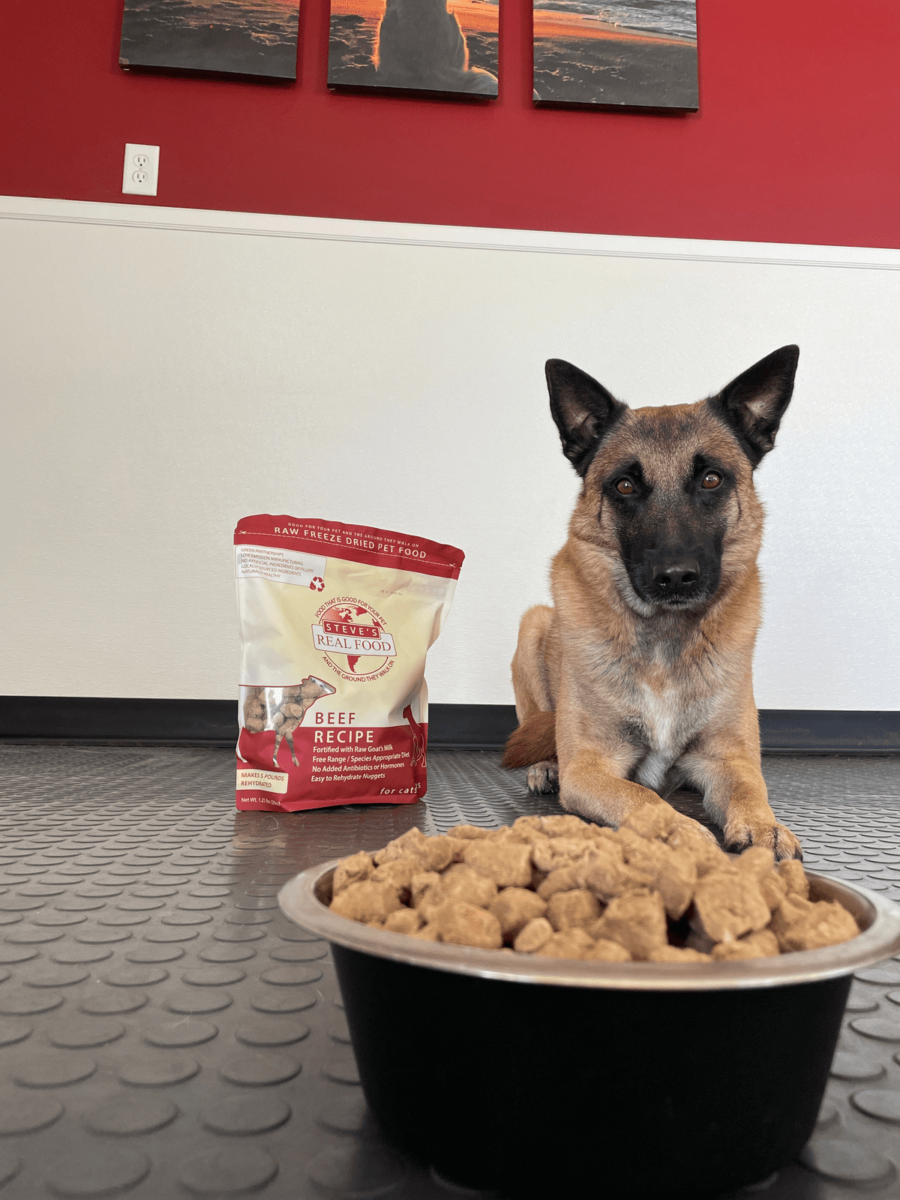
If you’re feeding your dog a raw diet, you invest too much in keeping them healthy to feed them junk food, even for the sake of training them… and with our creative tips, you won’t have to! Lifestyle Habits Being professional dog trainers, we look at it as not only an activity but a way […]
Prebiotics, Probiotics, and Postbiotics for Dogs and Cats
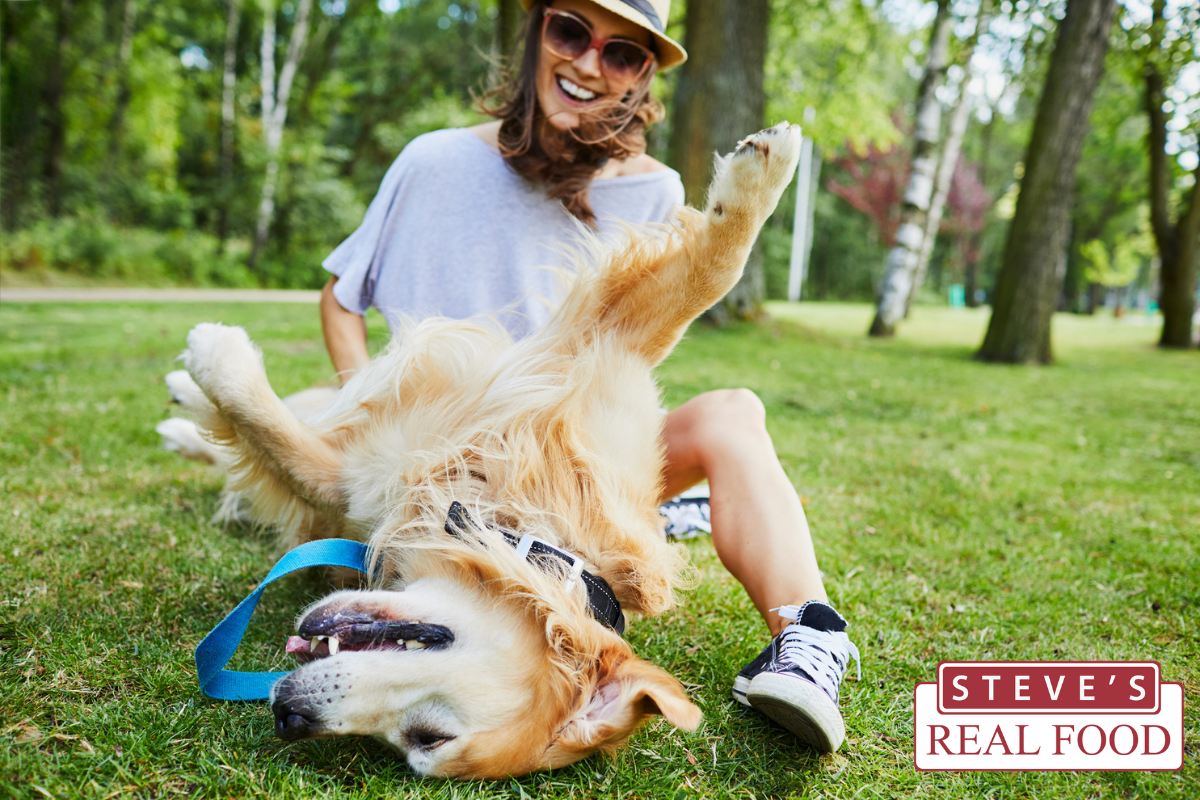
gut health is one of the most critical aspects of overall health. With over 70% of your pet’s immune system residing in their digestive tract, one of the most impactful things we can do is support their gut.
Fermented foods and why they’re so beneficial for dogs and cats!
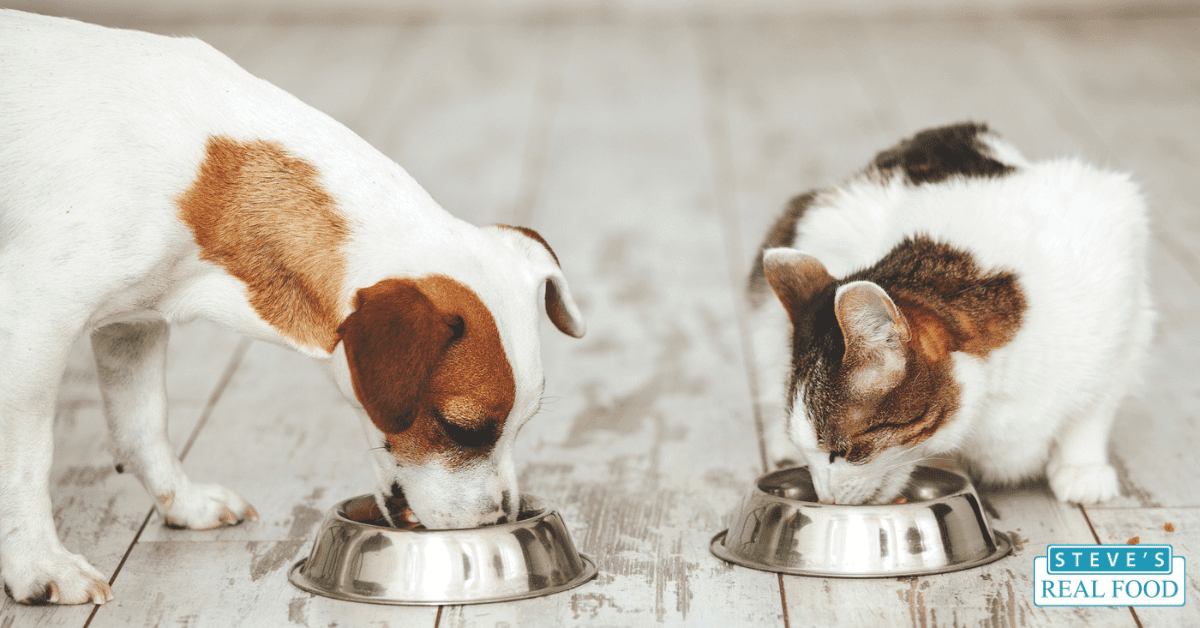
Can our pets eat fermented foods? YES, fermented foods may actually be one of the most beneficial things you can add to your pet’s diet!
Tips for a Safe Thanksgiving for Your Dog and Cat
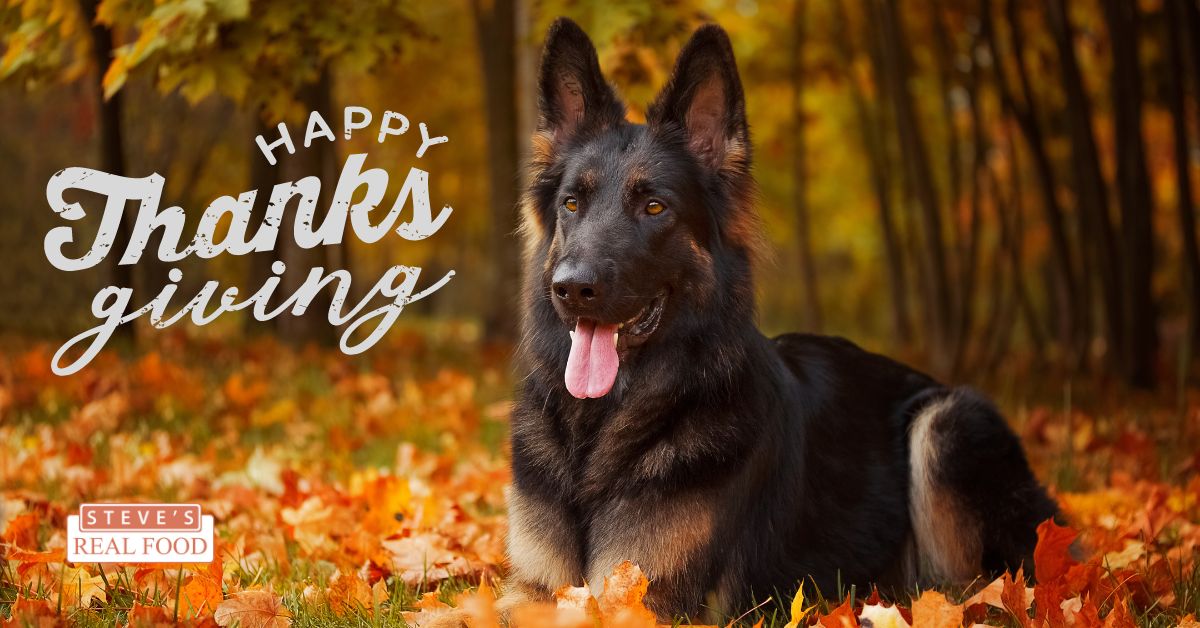
Thanksgiving is the #1 day of the entire year for emergency vet visits. Here are a few tips to remember this Thanksgiving to ensure your pets have a happy and safe holiday.
Join Steve’s Real Food at the Raw Dog Food Summit: Oct 7-9
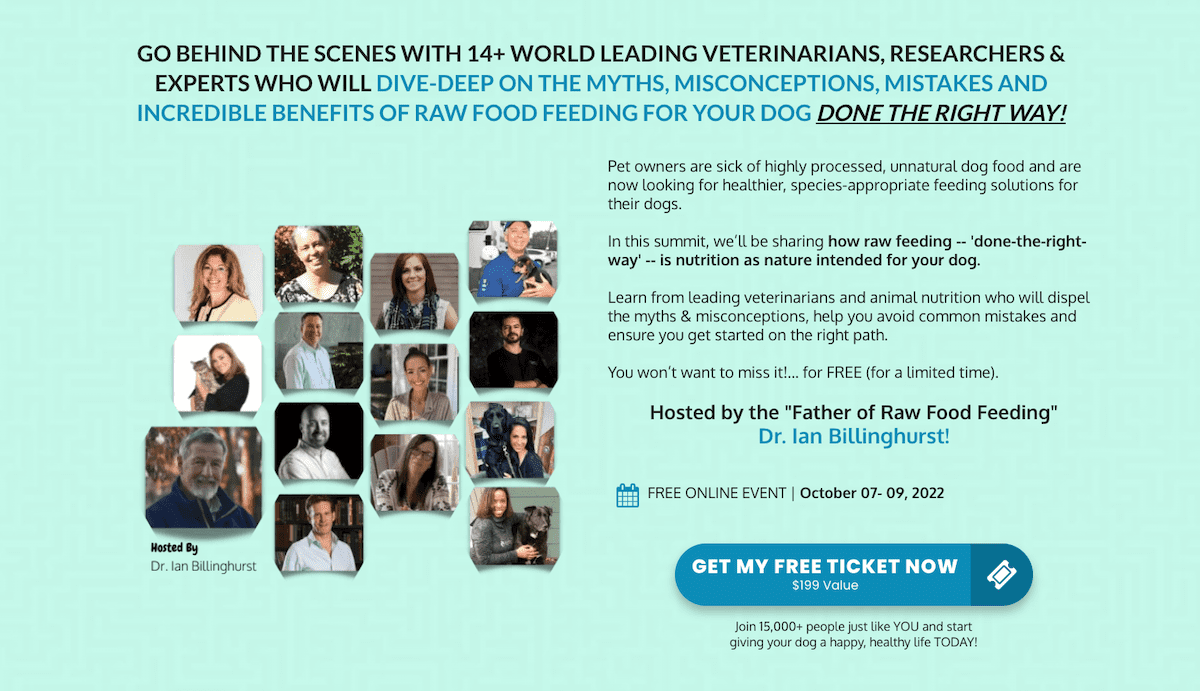
Just as processed food has contributed to human health issues, processed pet foods are doing the same for our beloved dogs. Chronic conditions such as cancer, obesity, allergies, and diabetes in dogs today are skyrocketing.
The big question then becomes, well, what can we do about it? Just like with humans, the solution is a natural, species-appropriate diet.
Reducing Our Carbon Pawprint

As a pet parent, you want to provide your furry friend with the best possible food, but what does that mean for the environment? With growing numbers of people and pet populations, our earth’s natural resources are dwindling. By making environmentally responsible choices, we can reduce our impact on the planet while providing cats and dogs with nutritious meals they love.
Feeding Picky Cats, Food Rotation & Introducing New Foods
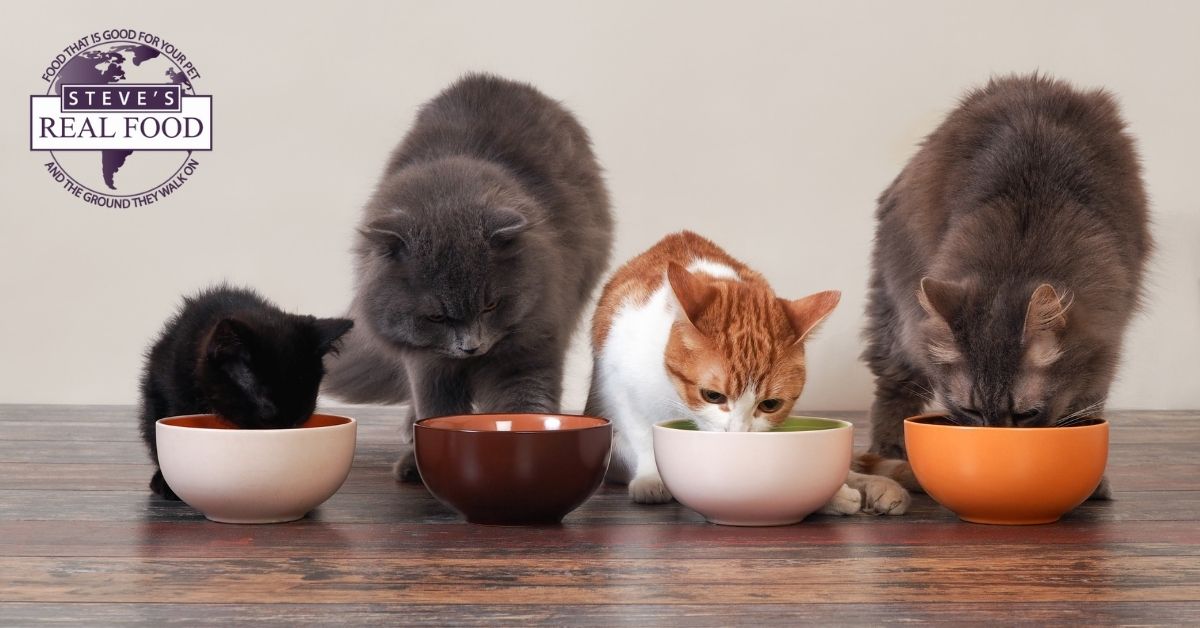
You’re at your local independent pet retailer to pick up cat food. These days you don’t bother with dry kibble and speed past it straight to the canned food, nothing but the best for your kitty (you’ve heard great things about raw, maybe next time). A new canned food catches your eye and even though it’s a little more expensive than you’re used to, you spring for a few cans in various flavors like “beef wellington” and “chicken a la king” because your cat is going to LOVE it!
